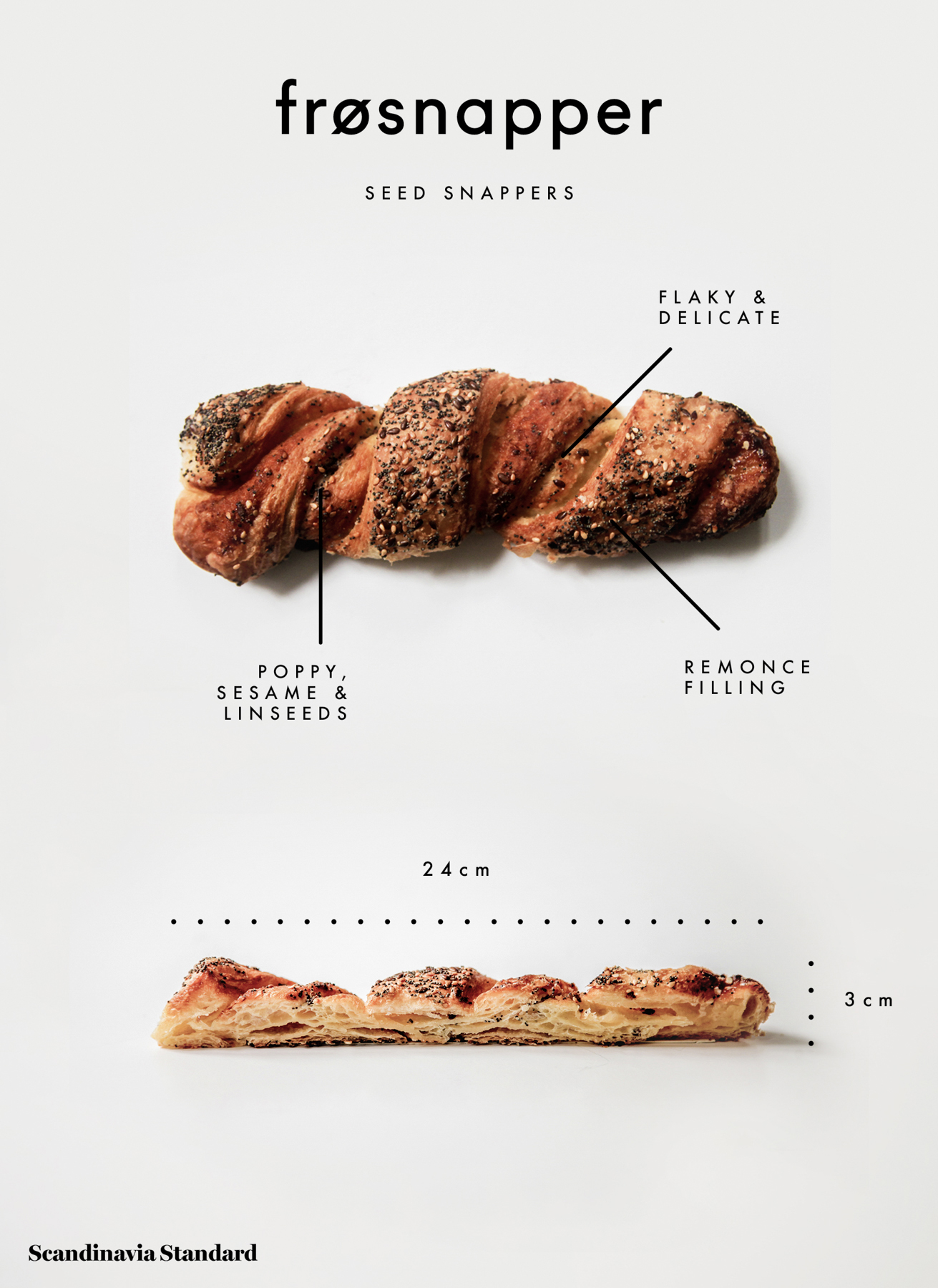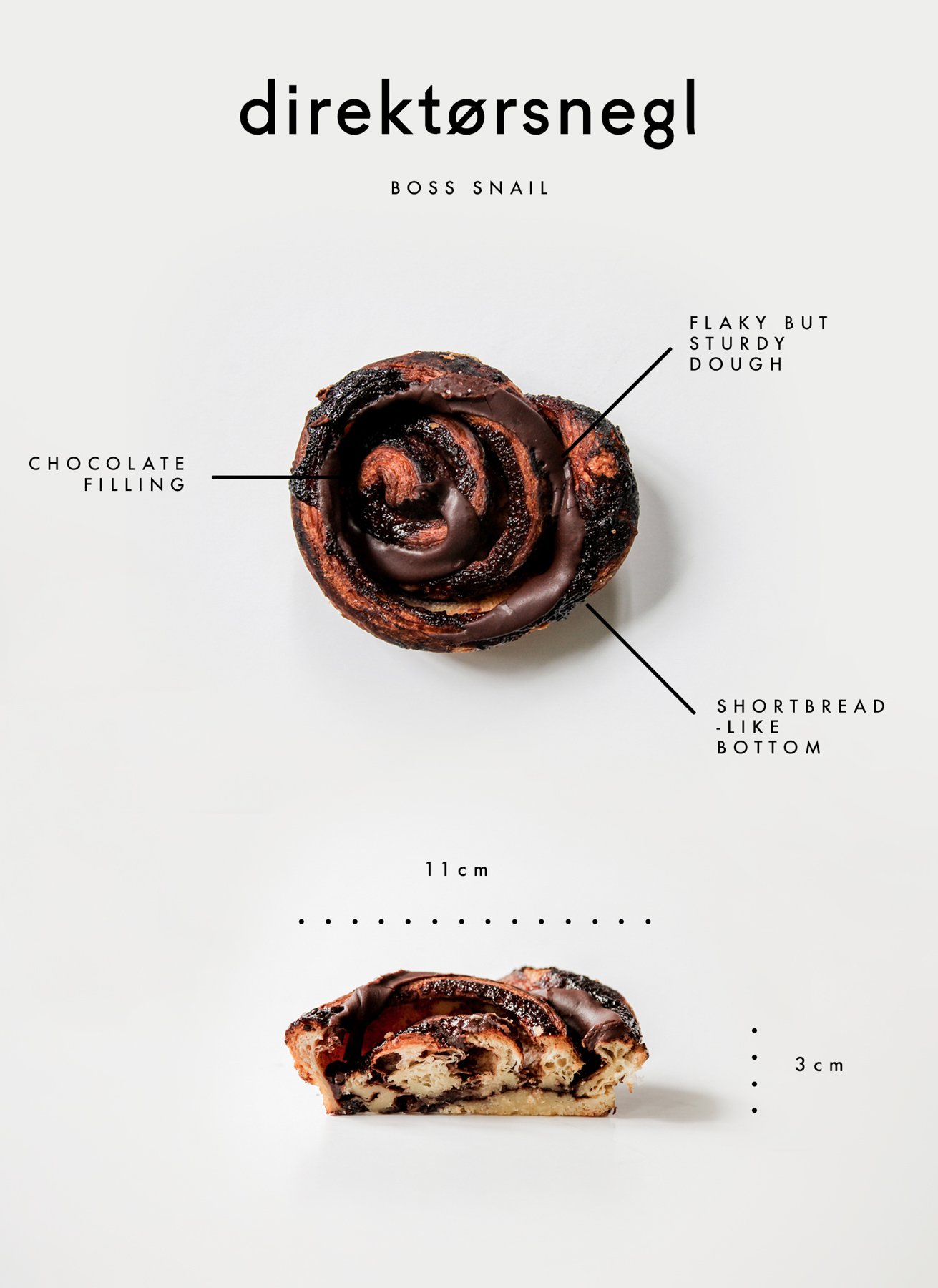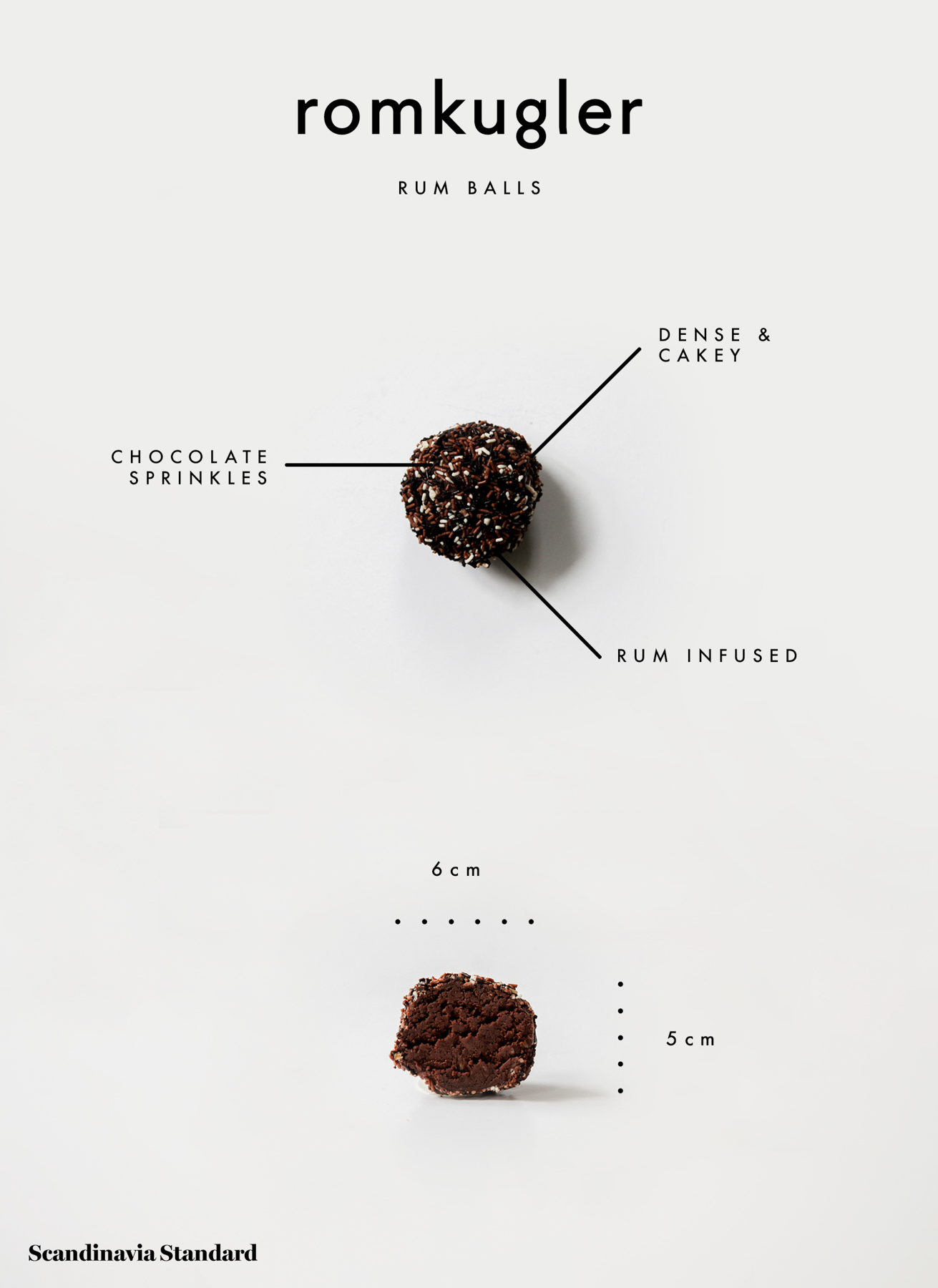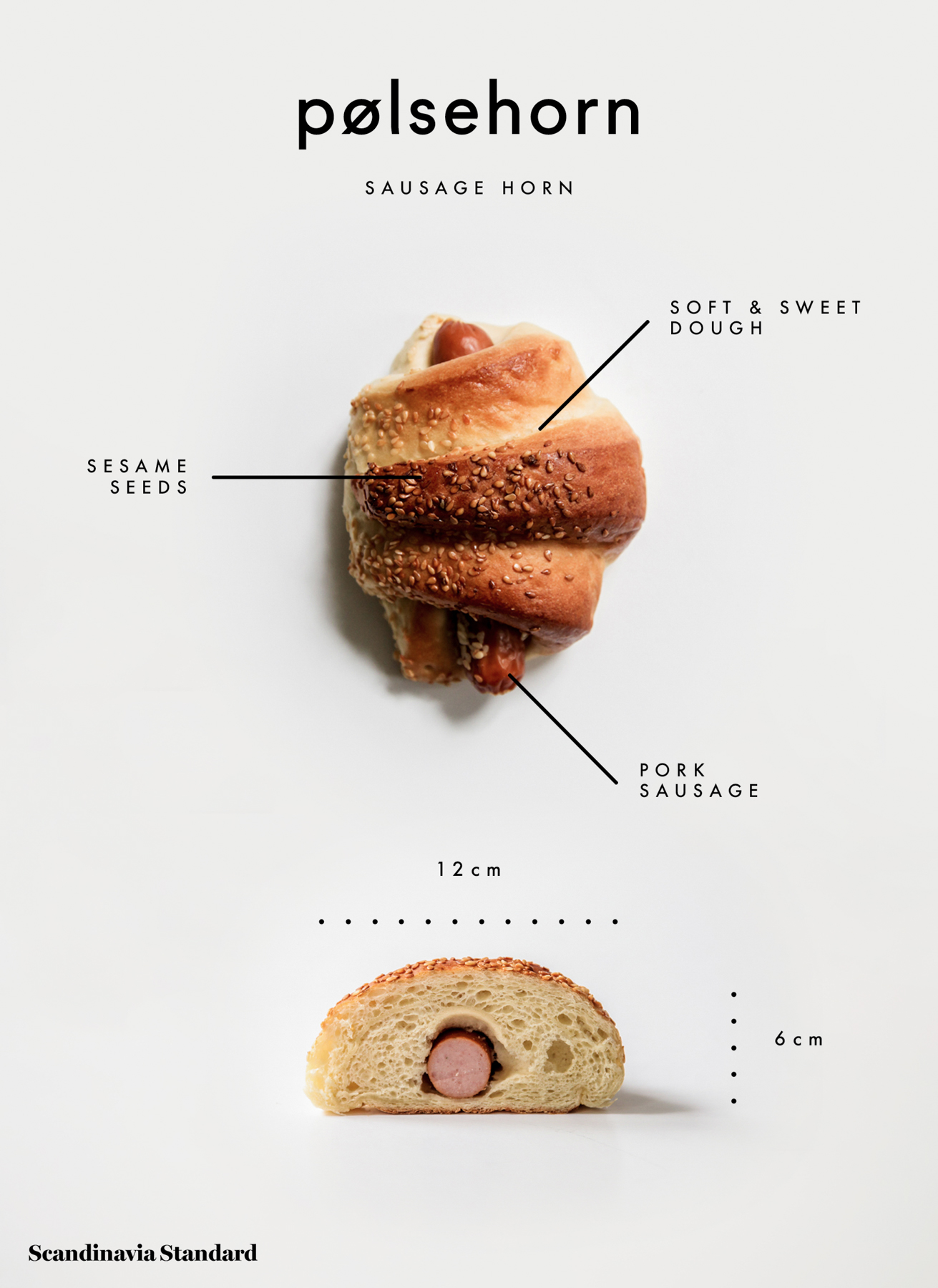When you think of Danish pastry, what comes to mind? Maybe some cream cheese, cherry filling, and a flaky dough? “Tourists will come in and ask for the one with cheese, or a salty and savory pastry,” says Lars Konstantin Hansen, manager of Lagkagehuset’s iconic Christianshavns Torv bakery. “[But] we don’t have these in Denmark.” Our beloved cherry Danishes aren’t quite the same as what the Danes are eating at home.
In Denmark, wienerbrød or ‘Vienna bread’ is the umbrella term for a range of flaky, sweet pastries. They’re named after the Austrian bakers who brought the technique of making laminated dough (think croissants) to Copenhagen.
The Viennesumbere pâtissiers traveled to Denmark in the mid-1800s after Danish bakers went on strike. (Or so the story goes.) Little did they know at the time, that this cross-cultural exchange would lead to international culinary acclaim. In short, weinerbrød refers to a category of pastry rather than a single pastry, although occasionally individual pastries are referred to simply as weinerbrød.
Today, Danishes or wienerbrød of all kinds are a must-try when visiting Copenhagen. The bakeries are packed with sweet smelling (and tasting) choices. How do you know which ones to try? We’ve done the tasting for you in this definitive guide to all the best Danish pastries.
All these gorgeous delicacies are from Lagkagehuset’s Christianshavns Torv bakery. This location bakes everything daily on site (and yes, the smell is divine). So if you’re into fresh pastries, “come in very early [around 6:00am], that’s when they come right out of the oven.” Thanks for the tip, Lars!
These are all the types of Danish pastries to try in Copenhagen:
 Rabarberhorns (Rhubarb Horn)
Rabarberhorns (Rhubarb Horn)
These soft, golden pastries aren’t available all year round, so be sure to grab one (or two!) when in season. They’re made by folding rhubarb and marzipan into a milky dough that’s later topped with nuts and/or sugar. A rabarberhorn is not a traditional Danish wienerbrød, but it’s definitely among the popular bakery picks, and with good reason; the slight tartness of the rhubarb is wonderful against the sweetness of the dough.

Dough | Soft and doughy |
Filling | Rhubarb and marzipan |
Feature | Sweet with a tart finish |
Did you know | The dough for rabarberhorns is made with buttermilk, which makes this pastry super soft with a slightly tangy taste. |
 Frøsnapper (Seed Snappers)
Frøsnapper (Seed Snappers)
A frøsnapper is a traditional Danish pastry lathered with remonce – a thick paste that’s equal parts sugar and butter. It’s more savory than the other puff pastries thanks to a bit of salt and a generous helping of poppy and other seeds. Great for those who want something with their coffee but aren’t into the super-sweet stuff.

Dough | Flaky and delicate |
Filling | Remonce |
Feature | Slightly savory and sweet |
Did you know | “Frø” is the Danish word for both “seed” and “frog,” so a frøsnapper has two translations. It’s always called “seed snapper” in English, although ‘frog snapper’ is technically also correct. |
 Hindbærsnitter (Raspberry Slices)
Hindbærsnitter (Raspberry Slices)
Similar to the Latvian Alexander Torte, a hindbærsnitte is a must-try for all the shortbread lovers out there. These buttery squares are slathered with raspberry marmalade and topped with a thick powdered sugar glaze. If you want to try a hindbærsnitte in Copenhagen, go to Lagkagehuset. They’re generous with their raspberry filling, giving their hindbærsnitter two layers of filling instead of the normal single layer. Think of this one as a slightly less-sweet, elevated pop-tart.

Dough | Shortbread |
Filling | Raspberry marmalade |
Feature | Sweet with a tart finish |
Did you know | The Little Mermaid author Hans Christian Andersen would travel across country, from Copenhagen to Skagen, to eat hindbærsnitter at Brøndums Hotel. |
 Spandauer
Spandauer
This is the pastry. The inspiration behind the globally recognized “Danish.” The name comes from an infamous prison in Berlin’s Spandau district which, to Danish bakers, resembled the shape of the elevated pastry. Spandauer are one of Denmark’s oldest and most cherished wienerbrød. If you try nothing else in Copenhagen, try a spandauer (but seriously, try way more than that).

Dough | Flaky |
Filling | Custard crème or Marzipan custard crème |
Feature | Crisp viennoiserie ring |
Did you know | The marzipan custard center in a spandauer is called borgmestermasse or “Mayor’s Mass,” named after Jacob Marstrand, a baker and former magistrate of Copenhagen. |
 Direktørsnegl (Boss Snail)
Direktørsnegl (Boss Snail)
You can just look at a direktørsnegl and understand why it’s one of Lagkagehuset’s best-selling pastries. This frosted spiral bun is chocolate’s unequivocal response to the cinnamon roll. Why, exactly, it’s called a “boss snail” is a bit of mystery, but Lars believes that the name evolved from the pastry’s previous moniker. “It [used to be] called højsnegl or “tall snail” because it was a bit more classy [than a regular cinnamon bun]… like a top hat.”

Dough | Flaky but sturdy |
Filling | Puff pastry and chocolate |
Feature | Shortbread-like bottom |
Did you know | Think you detect a hint of cinnamon in that direktørksnegl? Nope. A direktørksnegl is only made with chocolate and dough. There’s not a drop of cinnamon in the entire pastry (not ONE drop!). |
 Kanelstang (Cinnamon stick)
Kanelstang (Cinnamon stick)
This classic bakery “cake” is so fluffy and sweet that it’ll convert even the most stringent of cinnamon-skeptics. It’s typically sold as a large cake, but Lagkagehuset is one of the few bakeries where you can buy a slice. Paired with a hot cup of coffee? Heaven!

Dough | Soft and bready |
Filling | Cinnamon remonce |
Feature | Overwhelmingly cinnamon |
Did you know | Kanelstang’s star is on the rise. It’s becoming one of Lagkagehuset’s best-selling pastries (and it is Lars’s recommended must try!). |
 Kanelsnegl (Cinnamon snail)
Kanelsnegl (Cinnamon snail)
While originally from Sweden, some argue that Danes are ones who truly perfected the cinnamon bun. We choose to remain neutral in this matter, and think that everyone is a winner. There’s not much that needs to be said about the Danish kanelsnegl – it’s tender, flaky, and oh-so-delicious.

Dough | Flaky |
Filling | Cinnamon remonce |
Feature | Gooey cinnamon core (the best part) |
Did you know | There’s a Danish custom to eat cinnamon buns on Wednesdays. It’s called Onsdagssnegle (Wednesday snails), and we thoroughly recommend that you partake in the tradition. Some bakeries sell their kanelsnegle at reduced prices on this day. |
 Tebirkes (Tea Poppy Seed Buns)
Tebirkes (Tea Poppy Seed Buns)
A tebirkes is essentially a frøsnapper that’s been folded instead of stretched and twisted. Similarly, it’s not too sweet and is a little savory; and the poppy seeds add a nice finishing crunch. Make sure to check you don’t have anything in your teeth after enjoying one.

Dough | Flaky and delicate |
Filling | Remonce |
Feature | Lots of poppy seeds on top |
Did you know | There are different types of tebirkes but the ones with remonce are undoubtedly the most popular. |
Not exactly pastry, but you get them at the bakery
 Romkugler (Rum Balls)
Romkugler (Rum Balls)
A romkugle may look like chocolate, but it’s actually a soft confection of leftover pastries and cakes. The darker the rum ball, the more chocolate cake used. And they’re always kneaded with a healthy dose of rum essence.
Romkugler’s cakey filling are also found inside another bakery favorite, træstammer (tree logs). These marzipan and chocolate-striped logs have been a Danish dessert for as long as anyone can remember.

Dough | Dense and cakey |
Filling | Rum-infused cake |
Feature | Sprinkles. Rum-forward flavor |
Did you know | Danish romkugler come in different colors and sizes. In fact, some rum balls are as big as softballs! But no, you won’t get drunk from eating one. |
 Pølsehorn (Sausage horn)
Pølsehorn (Sausage horn)
The Danish “pig in a blanket” isn’t snack-sized here; one pølsehorn is almost a full meal. The dough is soft, slightly sweet, and sprinkled with roasted sesame seeds; a nice balance to the smoky pork sausage. Grab this for a quick lunch or snack.

Dough | Soft and sweet |
Filling | Pork sausage |
Feature | Sesame seed topping |
Did you know | In Denmark, pølsehorn are mainly a children’s snack and usually served with a full-sized sausage. |
Visit Lagkagehuset to try the best in Danish pastry!
→ LagkagehusetFrederiksborggade 6 |
Frederiksberggade 21 1459 København K Opening Hours: Mon-Fri 6:30am – 7pm Sat 8am – 7pm Sun 8am- 5pm |
Torvegade 45 1400 København K Opening Hours: Everyday 6am – 7pm |
See more locations here.
Photography and graphics by Freya McOmish.

